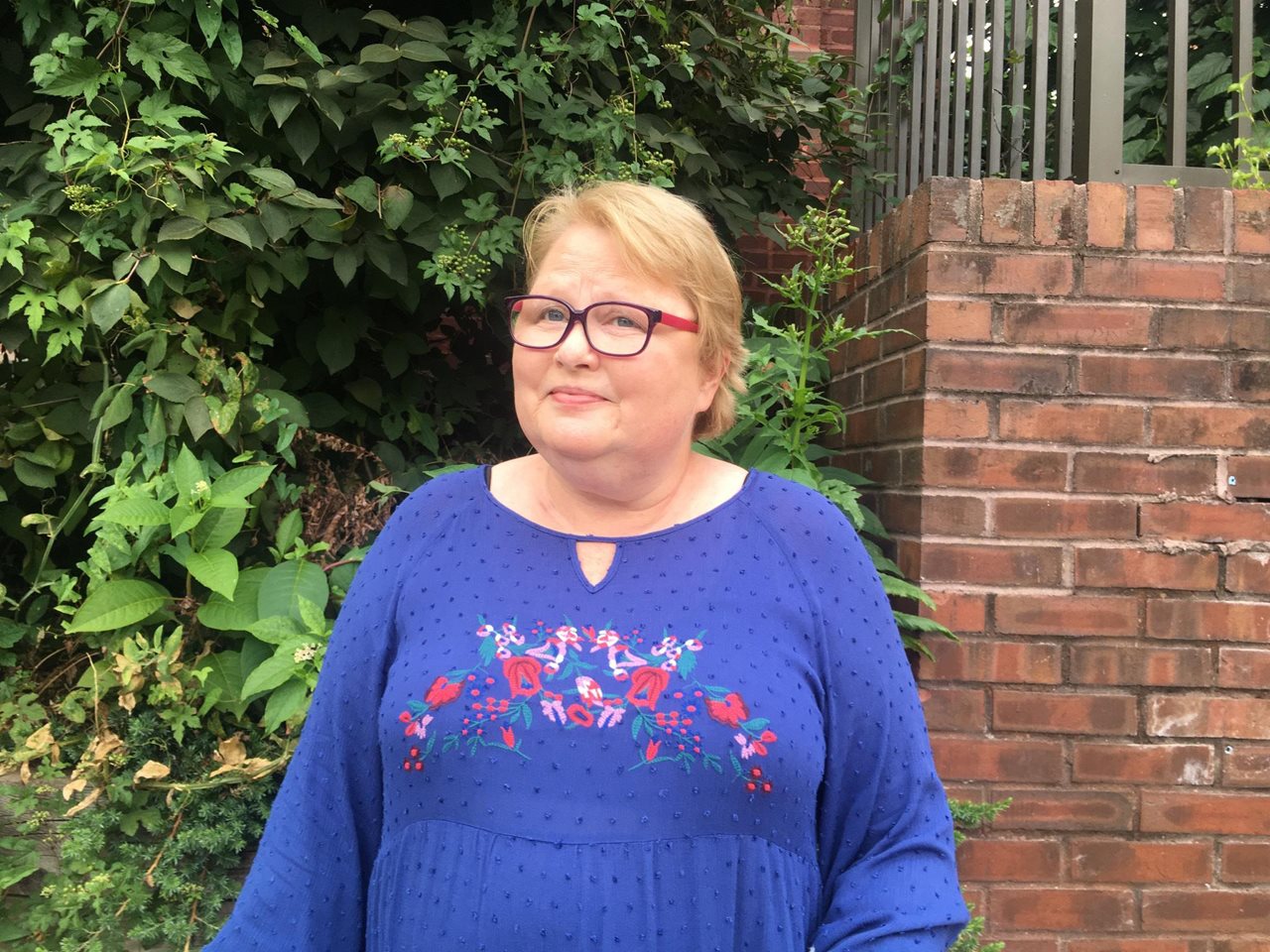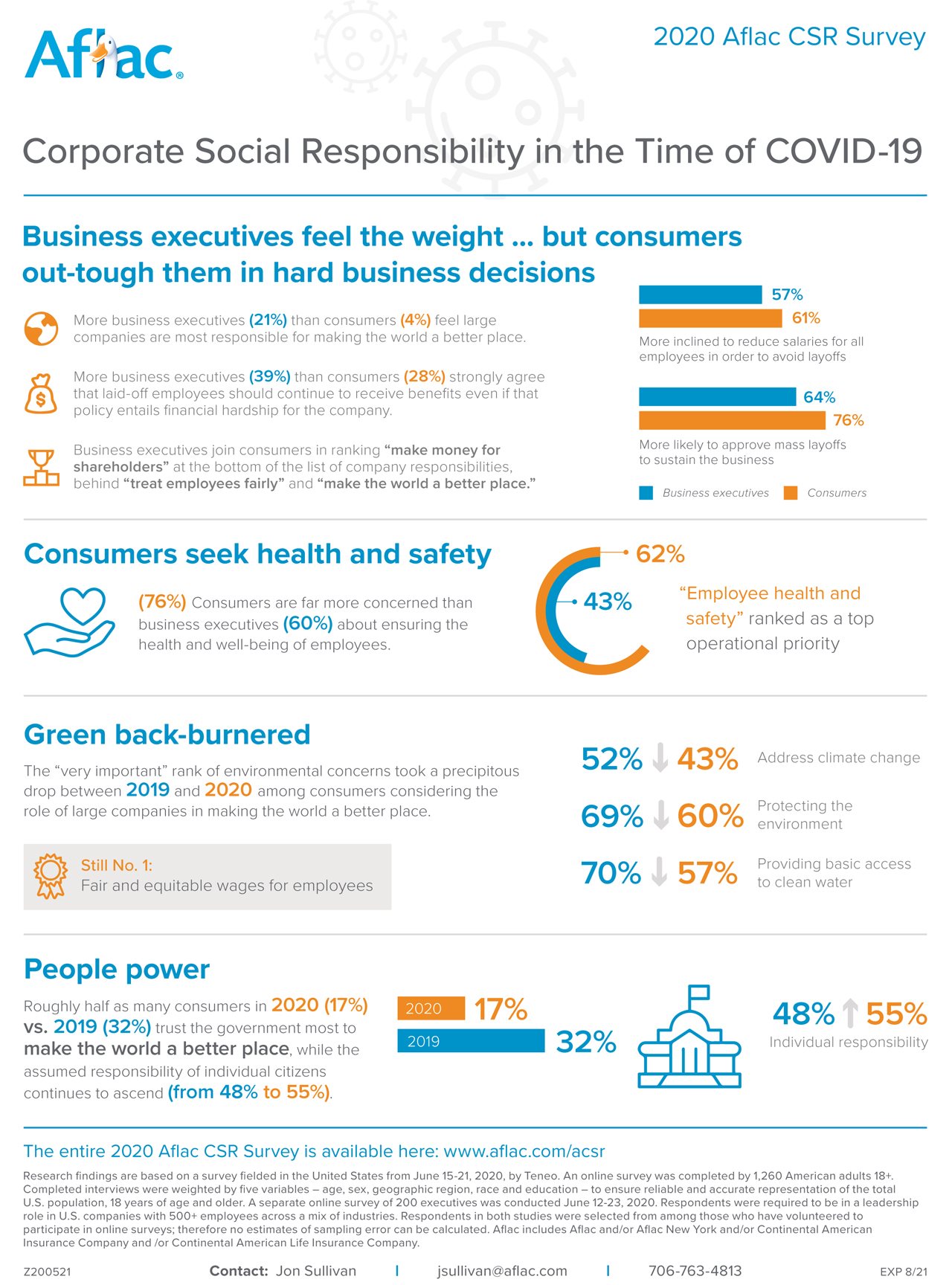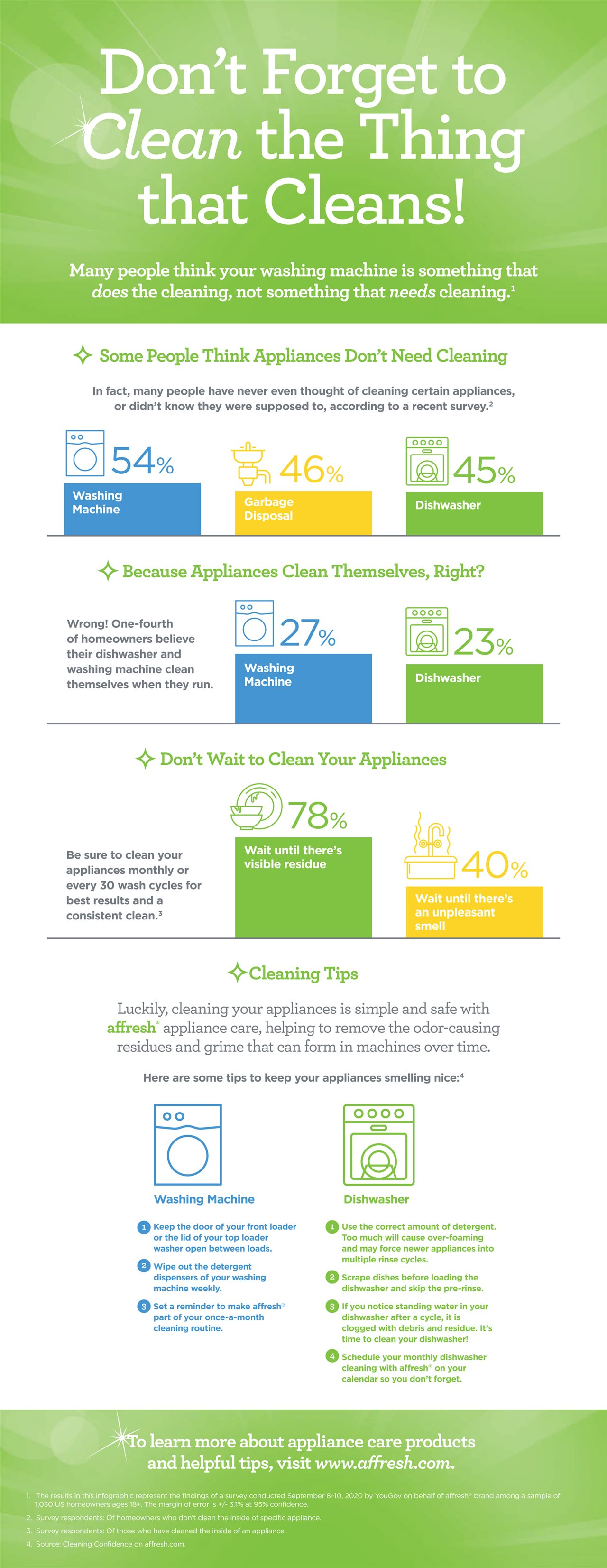2020-10-20T09:01:00
(BPT) – At first thought, it would appear that Cherie, age 50 from Chicago, Illinois, and Leanne, age 62 from White Plains, New York, don’t have much in common. Cherie enjoys exploring the outdoors and traveling with her husband, while Leanne, a financial advisor, enjoys making jewelry, cooking and gardening at home.
However, there is a ribbon that binds them — and it’s a teal one.
The color teal represents ovarian cancer awareness. Ovarian cancer affects a diverse group of women, and by sharing their stories, such as Cherie’s and Leanne’s, we uncover that even though each and every experience is unique, women can take similar steps to find their best path forward.
What you need to know about ovarian cancer
Approximately 22,000 US women are projected to be diagnosed with ovarian cancer annually1 and there are an estimated 222,000 women currently living with ovarian cancer — many of whom will be diagnosed with advanced disease.2 For these women, the likelihood that their cancer will recur after initial treatment increases.
The possibility of recurrence can be scary and it can leave women feeling uncertain about what to do next. Fortunately, options now exist for women that may help delay the cancer coming back and extend the time before the next disease progression.3 These treatments are known as maintenance therapies.
Their path to diagnosis
Cherie
With her experience in hotel management, Cherie knew she needed to utilize her communication skills to start an open dialogue with her physician so she could be as equipped as possible for the road ahead. Already attending yearly follow-ups due to a personal history of breast cancer, she decided to complete genetic testing. She learned that she was positive for the BRCA gene mutation. BRCA stands for BReast CAncer susceptibility gene and can be inherited from a parent. What some people may not know is that women who are BRCA positive have a higher risk for breast AND ovarian cancer.4
When Cherie began experiencing abdominal pain and discomfort, she was sent for gynecological scans and referred to a gynecologic oncologist. After a physical exam, Cherie was diagnosed with ovarian cancer. The results from the surgery she underwent after her diagnosis indicated that she had advanced disease.
Leanne
As a busy financial advisor, there wasn’t much that could slow Leanne down, until she started to experience lower abdominal pain that grew in severity. Her heart sank when she first heard the news from her OBGYN. A tumor was found on her left ovary and she received a diagnosis of ovarian cancer. For her, this diagnosis felt out of left field. She felt alone and scared, but knew the importance of having the right information to make treatment decisions.
Genetic testing revealed Leanne did not have the BRCA gene. Like Leanne, approximately 80% of all ovarian cancer patients do not have a BRCA mutation.5 What both Cherie and Leanne would find out, is that though they have different genetic dispositions and biomarkers, they would be able to start on a treatment that would provide them a sense of control as they navigated advanced ovarian cancer.
Treatment and potential recurrence
Cherie began treatment with debulking surgery, the surgical removal of as much of a tumor as possible,6 followed by chemotherapy. She knew that her cancer was likely to come back, even if she had a positive response to chemotherapy and she wanted to be as proactive as possible to extend the time before a potential recurrence. Cherie was thankful her doctor suggested maintenance treatment options early on that may work to achieve that.
Following Leanne’s diagnosis, she underwent multiple cycles of chemotherapy. Leanne and her gynecologic oncologist discussed maintenance treatment options that she would be eligible for as a woman who does not have the BRCA mutation.
Maintenance therapy is a treatment given to eligible patients, who have a complete or partial response to chemotherapy, which may extend their time without the cancer progressing.
As a result of these proactive conversations with their doctors and after carefully considering their options, Leanne and Cherie started ZEJULA, also known as niraparib, a once-daily oral prescription medication used for the maintenance treatment of adults with advanced ovarian cancer, fallopian tube cancer, or primary peritoneal cancer, after the cancer has responded (complete or partial response) to treatment with platinum-based chemotherapy. ZEJULA has been shown to extend the time many women lived without ovarian cancer progression — including women with and without BRCA genetic mutations. It is available for women in the first-line and recurrent maintenance setting following a complete or partial response to platinum-based chemotherapy. It is also available in the late-line treatment setting for women with homologous recombinant deficiency positive (HRD+) tumors. HRD occurs when cells have difficulty repairing themselves and appears in about 50% of women with ovarian cancer.
ZEJULA may cause serious side effects such as bone marrow problems called MDS or a type of blood cancer called AML. Symptoms of low blood cell counts can be a sign of serious bone marrow problems. Contact your doctor for new onset of bleeding, fever, or symptoms of infection. High blood pressure is common and can become serious. Talk to your doctor about all your medical conditions and medications, and if you are pregnant or breastfeeding or plan to be. Some common side effects include nausea, low blood cell counts, tiredness, constipation, pain in your joints, muscles, and back, headache, and trouble sleeping. Please see additional Important Safety Information below.
Cherie’s and Leanne’s experience demonstrated how critical it is to educate women with advanced ovarian cancer on the benefits and risks of maintenance therapy, like ZEJULA. Cherie and Leanne continue to keep an open communication with their doctors, scheduling regular visits to monitor for ovarian cancer recurrence. The reality is, nearly 85% of women with advanced ovarian cancer will see the cancer return after treatment.7 By educating about maintenance therapies and discussing them with healthcare teams as early on as possible, it may help them regain a sense of control over their disease.
Cherie, who is BRCA positive, and Leanne, who is BRCA negative, were grateful that ZEJULA is a maintenance treatment option for all women, regardless of biomarker status. In sharing their stories, they hope to spread the word so other women with ovarian cancer feel empowered to know their options and make informed decisions about their treatment plan. Talk to your doctor about ZEJULA and visit zejula.com for more information.
Advice for other women
“I wish I knew that cancer doesn’t wait for you to be ready,” says Cherie. “Despite how I got here, I wish I knew it wasn’t my fault, that I’m stronger than I know, and that no matter what happens it will all work out.”
Her advice to others: “Seek support through organizations or ovarian cancer online support groups. Communicate with your doctors. Do not be afraid to seek mental health help through a psychologist. Try to be as active as possible. Don’t be afraid to ask for help.”
Leanne also recommends, “Take someone with you to initial treatments and appointments to take notes and help clarify things. So much information is coming at you and you are still processing everything. Continue to take the notebook to appointments and treatments as well as making notes when home. It helps you remember what to discuss with your doctor.”
ZEJULA (niraparib) Indication and Important Safety Information
ZEJULA is a prescription medicine used for the:
- maintenance treatment of adults with advanced ovarian cancer, fallopian tube cancer, or primary peritoneal cancer. ZEJULA is used after the cancer has responded (complete or partial response) to treatment with platinum-based chemotherapy.
- maintenance treatment of adults with ovarian cancer, fallopian tube cancer, or primary peritoneal cancer that comes back. ZEJULA is used after the cancer has responded (complete or partial response) to treatment with platinum-based chemotherapy.
- treatment of adults with advanced ovarian cancer, fallopian tube cancer, or primary peritoneal cancer who have been treated with 3 or more prior types of chemotherapy and who have tumors with:
- a certain “BRCA” gene mutation, or
- gene mutation problems and who have progressed more than 6 months after their last treatment with platinum-based chemotherapy.
- Your healthcare provider will perform a test to make sure that ZEJULA is right for you.
It is not known if ZEJULA is safe and effective in children.
Important Safety Information
ZEJULA may cause serious side effects, including:
Bone marrow problems called Myelodysplastic Syndrome (MDS) or a type of blood cancer called Acute Myeloid Leukemia (AML). Some people who have ovarian cancer and who have received previous treatment with chemotherapy or certain other medicines for their cancer have developed MDS or AML during treatment with ZEJULA. MDS or AML may lead to death.
Symptoms of low blood cell counts (low red blood cells, low white blood cells, and low platelets) are common during treatment with ZEJULA. They can be a sign of serious bone marrow problems, including MDS or AML. These symptoms may include the following:
- Weakness
- Feeling tired
- Weight loss
- Frequent infections
- Fever
- Shortness of breath
- Blood in urine or stool
- Bruising or bleeding more easily
Your doctor will do blood tests to check your blood cell counts before treatment with ZEJULA. You will be tested weekly for the first month of treatment with ZEJULA, monthly for the next 11 months of treatment, and from time to time afterward.
High blood pressure is common during treatment with ZEJULA, and it can become serious. Your doctor will check your blood pressure and heart rate at least weekly for the first two months, then monthly for the first year, and as needed thereafter during your treatment with ZEJULA.
Before starting to take ZEJULA, tell your doctor about all of your medical conditions, including if you:
- Have heart problems
- Have high blood pressure
- Are pregnant or plan to become pregnant. ZEJULA may harm an unborn baby and may cause loss of pregnancy (miscarriage)
- If you are able to become pregnant, you should use effective birth control (contraception) during treatment with ZEJULA and for 6 months after taking the last dose of ZEJULA
- If you are able to become pregnant, your doctor may perform a pregnancy test before you start treatment with ZEJULA
- You should tell your doctor right away if you become pregnant
- Are breastfeeding or plan to breastfeed
- ZEJULA may harm your baby. You should not breastfeed your baby during treatment with ZEJULA and for 1 month after taking the last dose of ZEJULA
Tell your doctor about all the medicines you take, including prescription and over-the-counter medicines, vitamins, and herbal supplements
The most common side effects of ZEJULA include the following:
- Heart not beating regularly
- Loss of appetite
- Trouble sleeping
- Nausea
- Urinary tract infection
- Anxiety
- Constipation
- Shortness of breath
- Sore throat
- Vomiting
- Cough
- Changes in the amount or color of your urine
- Pain in the stomach area
- Rash
- Mouth sores
- Changes in liver function or other blood tests
- Diarrhea
- Pain in your joints, muscles, and back
- Indigestion or heartburn
- Headache
- Dry mouth
- Dizziness
- Tiredness
- Change in the way food tastes
If you have certain side effects, then your doctor may change your dose of ZEJULA, temporarily stop, or permanently stop treatment with ZEJULA.
These are not all the possible side effects of ZEJULA. For more information, ask your doctor or pharmacist. Call your doctor for medical advice about side effects. You are encouraged to report negative side effects of prescription drugs to the FDA. Visit www.fda.gov/medwatch, or call 1-800-FDA-1088.
Please see Prescribing Information.
References
1 Cancer Facts and Figures 2018. American Cancer Society. https://www.cancer.org/research/cancer-facts-statistics/all-cancer-facts-figures/cancer-facts-figures-2020.html. Accessed September 29, 2020.
2 SEER Cancer Stat Facts: Ovarian Cancer. National Cancer Institute. Bethesda, MD. http://seer.cancer.gov/statfacts/html/ovary.html. Accessed September 22, 2020.
3 Tew WP, Lacchetti C, Ellis A, Maxian K, Banerjee S, Bookman M, Jones MB, Lee JM, Lheureux S, Liu JF, Moore KN, Muller C, Rodriguez P, Walsh C, Westin SN, Kohn EC. PARP Inhibitors in the Management of Ovarian Cancer: ASCO Guideline. J Clin Oncol. 2020 Aug 13:JCO2001924. doi: 10.1200/JCO.20.01924.
4 BRCA gene test for breast and ovarian cancer risk. Mayo Clinic. https://www.mayoclinic.org/tests-procedures/brca-gene-test/about/pac-20384815. Accessed September 22, 2020.
5 Konstantinopoulos PA, Ceccaldi R, Shapiro GI, D’Andrea AD. Homologous Recombination Deficiency: Exploiting the Fundamental Vulnerability of Ovarian Cancer. Cancer Discov. 2015; 5(11): 1137-54.
6 Debulking definition. National Cancer Institute. https://www.cancer.gov/publications/dictionaries/cancer-terms/def/debulking. Accessed on September 29, 2020.
7 Lorusso D, Mancini M, Di Rocco R, Fontanelli R, Raspagliesi F. The role of secondary surgery in recurrent ovarian cancer [published online August 5, 2012]. Int J Surg Oncol. 2012;2012:613980. doi:10.1155/2012/613980.
[Editor’s Note: September is Ovarian Cancer Awareness Month]
This content is sponsored by GSK
NRPPRSR200001














